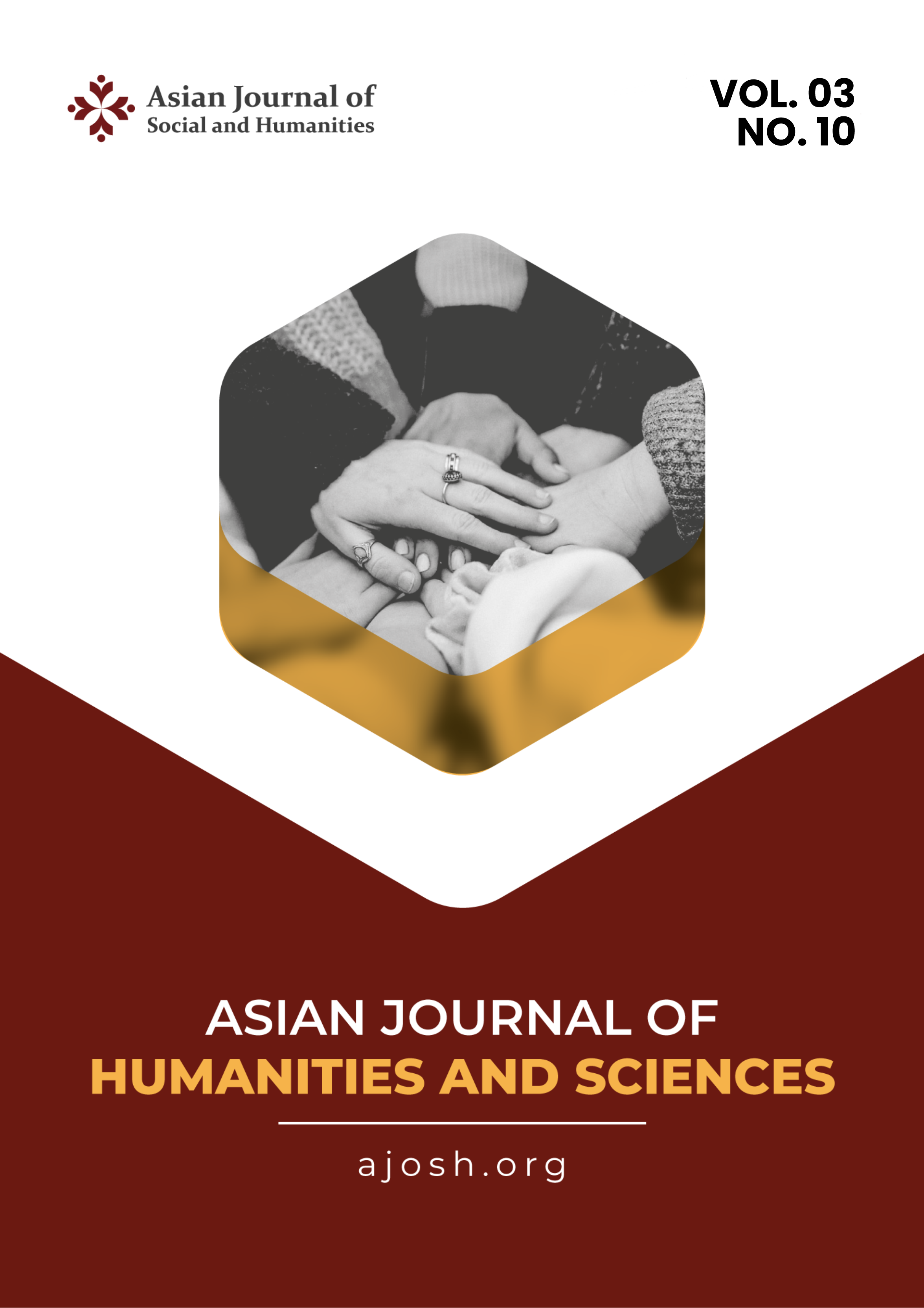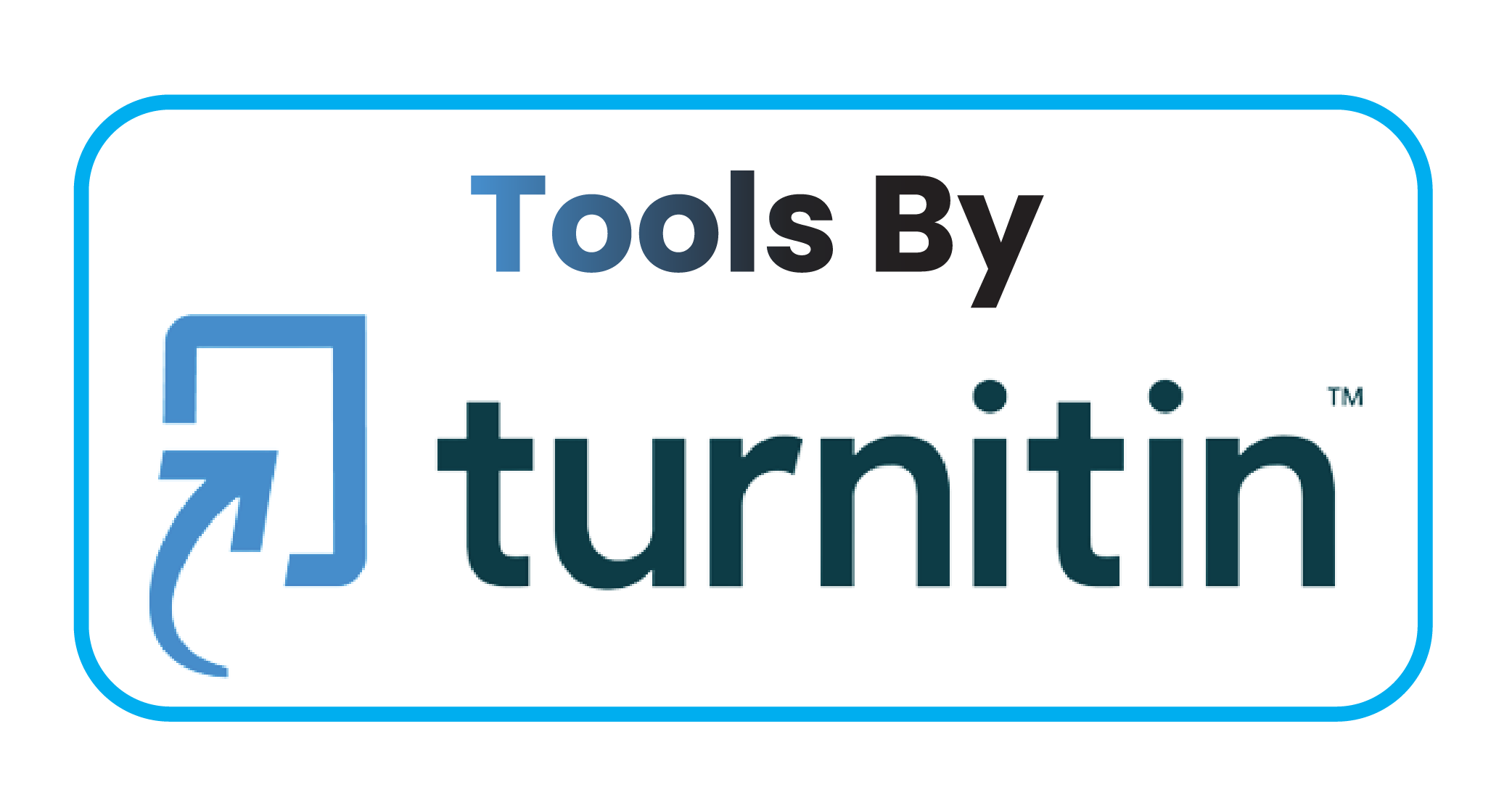Juridical Analysis of the Influence of Technological Developments on the Crime of Sexual Violence by Children
DOI:
https://doi.org/10.59888/ajosh.v3i10.591Keywords:
Influence of technology, Sexual Violence, by childrenAbstract
This study aims to analyze the qualifications of transmitting electronic information and/or electronic documents with sexual content beyond the will of the recipient, aimed at sexual desire, in accordance with Article 14 paragraph (1) letter b of the TPKS Law and how to apply the Systematic Specialist Lex in Article 27 of the ITE Law and Article 14 of the TPKS Law. Normative legal research has the same definition as doctrinal research, which is research based on legal materials (library based), focusing on reading and studying primary and secondary legal materials. The crime of sexual violence against children is a criminal act that uses violence or threats of violence against children so that the child can be coerced into having sexual relations. In general, there are two factors that cause sexual violence, namely internal factors and external factors. Internal factors include the proximity of the perpetrator to the victim, the role of the perpetrator, and the position of the victim. External factors consist of environmental influences, such as being far from crowds, loneliness, or enclosed places that allow perpetrators to commit sexual violence.
References
Abdurrahman. Various legal issues in development in Indonesia. Alumni. Bandung. 1979
Ahmad Kamil and M. Fauzan. Child Protection and Adoption Law in Indonesia. PT. Raja Grafindo Persada. Jakarta. 2008
Amirudin, and H. Zainal Asikin. Introduction to Legal Research Methods. PT. Raja Grafindo Persada, Jakarta. 2004
Bambang Sunggono, Legal Research Method, PT. Raja Grafindo Persada. Jakarta. 2011
A new one. Children's Social Problems. PT. Fajat Interpratama Mandiri. Jakarta. 2010
Budi Suhariyanto. Information Technology Crime (CYBERCRIME). PT. Rajagrafindo Persada. Jakarta. 2013
Human Rights Research and Development Agency of the Ministry of Law and Human Rights of the Republic of Indonesia. Fulfillment of women's rights and the rights of victims of trafficking crimes towards repatriation and social reintegration. Gedung Cahaya Tree Printing Jakarta. 2013
Human Rights Research and Development Agency of the Ministry of Law and Human Rights of the Republic of Indonesia. Protection of the Rights of Children Victims of Sexual Violence. Light Tree Printing. South Jakarta. 2014
Barda Nawawi Arief. Cybercrime Analysis in Indonesia. PT. Raja Grafindo Persada. Semarang. 2006
_________________, Criminal Acts Between the Development of Cyber Crime Studies in Indonesia. Handout of Lecture Materials for the Master of Law Program Undip Semarang. Concentration of the Criminal Justice System
Bambang Sunggono. Legal Research Methods. PT. Raja Grafindo Persada. Jakarta. 2011
Dany M. Handarini. Diagnosis of learning difficulties and remedial teaching. Publishing Agency, Faculty of Education, IKIP Malang. Hapless. 1993
Downloads
Published
Issue
Section
License
Copyright (c) 2025 Rifdi Faris Muskin, Muhammad Faiz Nurifumi Abe, Subhan Amrullah Mahpud, Ismayana, M. Noupel

This work is licensed under a Creative Commons Attribution-ShareAlike 4.0 International License.
Authors who publish with this journal agree to the following terms:
- Authors retain copyright and grant the journal right of first publication with the work simultaneously licensed under a Creative Commons Attribution-ShareAlike 4.0 International. that allows others to share the work with an acknowledgement of the work's authorship and initial publication in this journal.
- Authors are able to enter into separate, additional contractual arrangements for the non-exclusive distribution of the journal's published version of the work (e.g., post it to an institutional repository or publish it in a book), with an acknowledgement of its initial publication in this journal.
- Authors are permitted and encouraged to post their work online (e.g., in institutional repositories or on their website) prior to and during the submission process, as it can lead to productive exchanges, as well as earlier and greater citation of published work.










